Say no to boring salads! Learn how to make your salads nutritious, delicious, enjoyable and satisfying with this dietitian's ULTIMATE list of salad topping ideas!
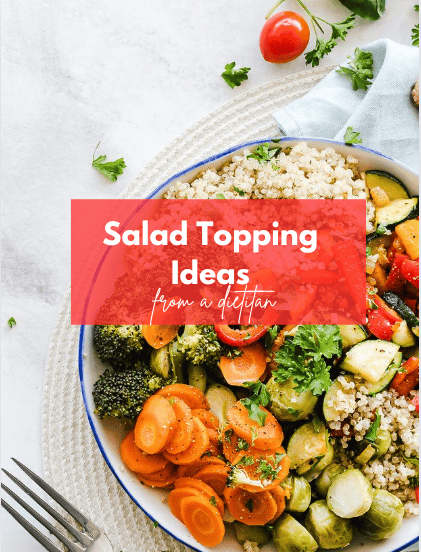
Table of contents
My Salad Formula
As a dietitian, I love salads for a quick and nutritious lunch or dinner, and I have a specific formula that I like to follow to ensure I’m getting the most out of my salads.
My formula is:
- 2-3 vegetables + protein + carbohydrate + satisfying ingredient + texture.
I promise if you follow this formula, you’ll never dread eating a salad again!
Components of a balanced salad
Vegetables
This first element may seem obvious, and possibly even boring, but as a dietitian, I believe that you can’t have a great salad without some vegetables!
Although I think that every good salad deserves some veggies, I’m not here to tell you that you need to fill your salad bowl with raw kale, broccoli and carrots. There’s so many other ways to include veggies in your salad that are actually enjoyable.
Why it's important
Vegetables are an important part of a salad, as they provide you with a variety of essential nutrients. The nutrients vary depending on the type of vegetable, but some common nutrients found in vegetables common in salads include:
- Potassium: which helps our cells function properly
- Folate: which helps make our blood cells
- Vitamin A: which helps strengthen our immune system.
How it can elevate your salad
Adding veggies to your salad doesn't have to be boring. You’re probably thinking of a boring old garden salad with some cucumbers, tomatoes and carrots over a bed of spinach, but that’s not what adding vegetables to your salad has to look like.
There is an endless possibility of vegetables that can be added to your salad, allowing you to customize it exactly how you'd like! You may want to add some raw veggies for some freshness and crunch, or maybe some cooked veggies for some warmth, or even pickled veggies for a little tang.
Dietitian tip:
Choose at least one dark leafy green and bright orange vegetable to be included in the salad when possible! This is a great way to ensure you are getting a wide range of essential vitamins!
Examples
Some vegetables that I love to add to my salads are
- Spinach
- Shredded cabbage
- Cooked or raw kale
- Romaine lettuce
- Raw chopped veggies (cucumber, tomatoes, bell pepper, red onion, etc.)
- Pickled red onions, jalapenos or beets
- Anything going bad in my fridge! Salads can be a great way to use all of those veggies going bad in the back of your produce drawer
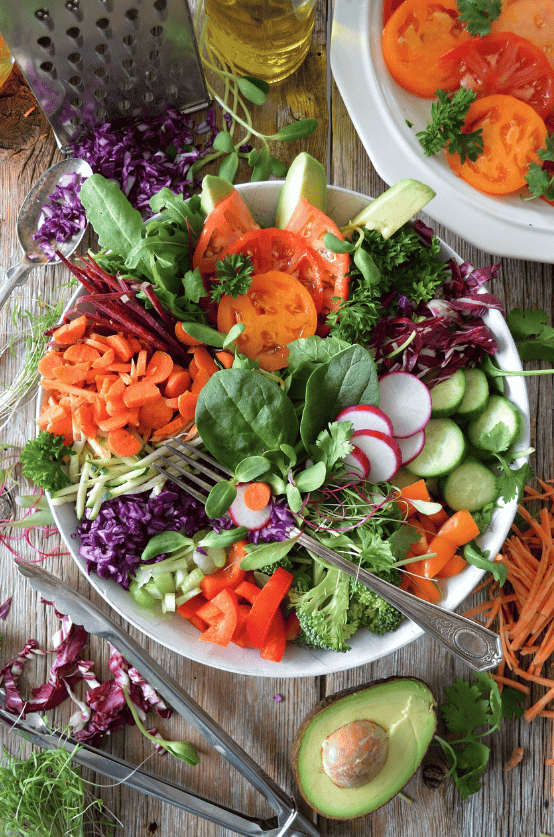
Protein
When building a salad that is a complete meal, and will keep you full and satisfied until your next snack or meal, protein is essential.
Why it’s important
Protein is an important macronutrient that helps your body build muscle, and regulate certain necessary bodily processes, such as producing hormones.
Not only is protein necessary for your body to function properly, but it also contributes to fullness and satiation, ensuring you won’t be reaching for a snack 30 minutes later.
Without protein, you may be left feeling hungry or unsatisfied shortly after your meal.
How it can elevate your salad
Not only will protein add that much needed nutrient boost and satiation to your salad, but it will also add a new texture, making each bite more enjoyable and delicious.
As a dietitian, I try to make almost every meal a balanced meal. This means my meals consist of all three macronutrients, which are protein, fat and carbohydrates, as well as fibre. By doing this, I can not only feel my best, but also ensure that I am meeting all of my nutrient requirements! If you want your salad to be a complete, balanced meal, than protein is absolutely necessary!
Dietitian tip:
Alternate your protein sources! Try having a 'meatless Monday' salad where you experiment with a new plant-based protein such as chickpeas, beans or lentils! This is a great way to add extra fiber into your diet.
Examples
Some protein sources that I love to add to my salad are:
- Eggs (hard boiled, soft boiled, fried)
- Legumes, such as chickpeas, lentils or black beans
- Shredded or grilled chicken
- Baked tofu or tempeh
- Baked salmon
- Canned tuna
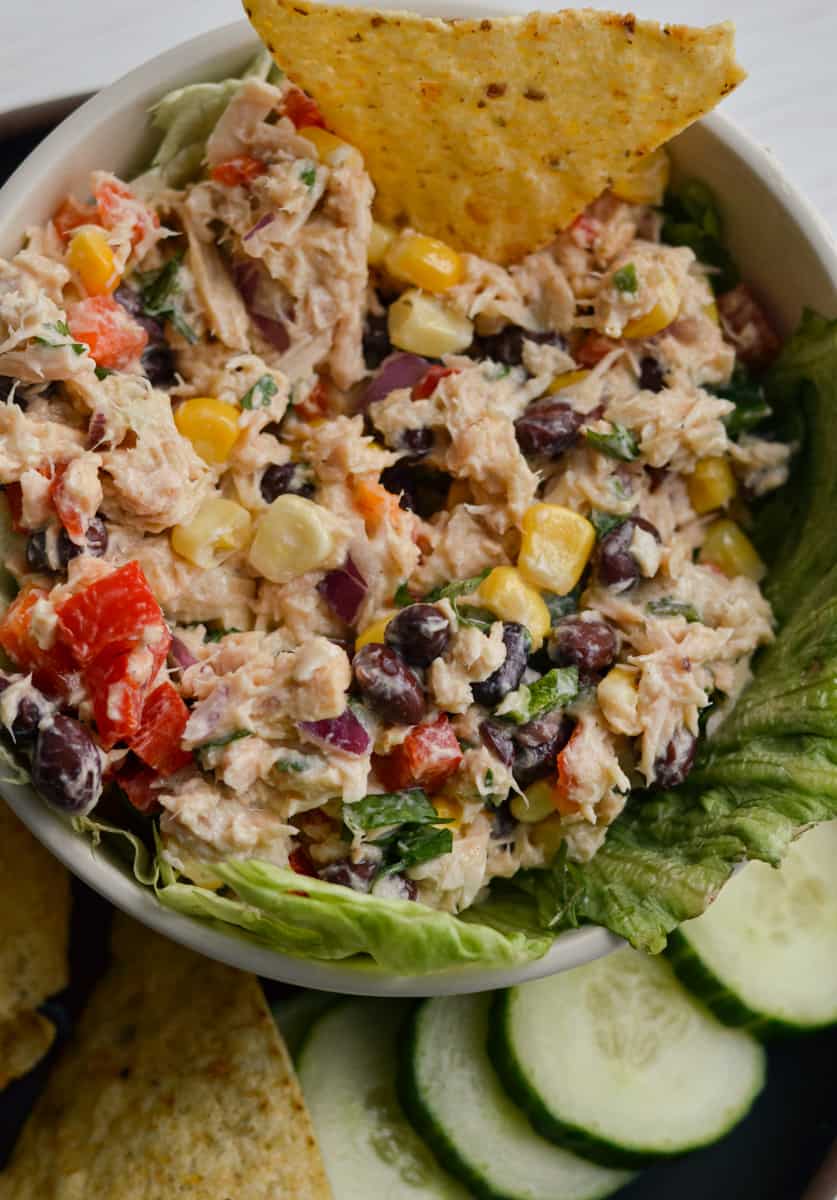
Carbohydrates
I know diet culture has probably made you believe carbs are ‘bad’ and should be avoided at all costs, but I promise that is not true!
Why it’s important
Carbohydrates are so important in providing your body with energy to get you through the day. Carbs are your body's preferred energy source, meaning they are the easiest and most efficient macronutrient to break down, providing you with a quick release of energy. Adding a carbohydrate source to your salad will make your salad more delicious, while also providing you with a quick burst of energy.
How it can elevate your salad
When you think of carbohydrates, the first thing that comes to mind is probably bread or pasta, but did you know that fruits and vegetables also have carbohydrates in them?
That’s right, your basic salad probably already has some carbohydrates in it! Although a salad with just vegetables does technically contain a carb source, personally, I like to add another carbohydrate source, particularly one that is high in fibre. Fibre is a type of carbohydrate that takes the body longer to digest, therefore keeping you full and satisfied for longer.
Dietitian tip:
Choose a high fiber carbohydrate when you can! Looking for a carbohydrate base that contains at least 5g of fiber is a grat way to help yensureour asaladsre keeping you full throughout the day!
Examples
Some examples of carb sources are:
- Rice
- Crackers
- Roasted potato chunks
- Tortilla chips
Some high fibre carb sources are:
- Brown rice
- Quinoa
- Carrots
- Beans
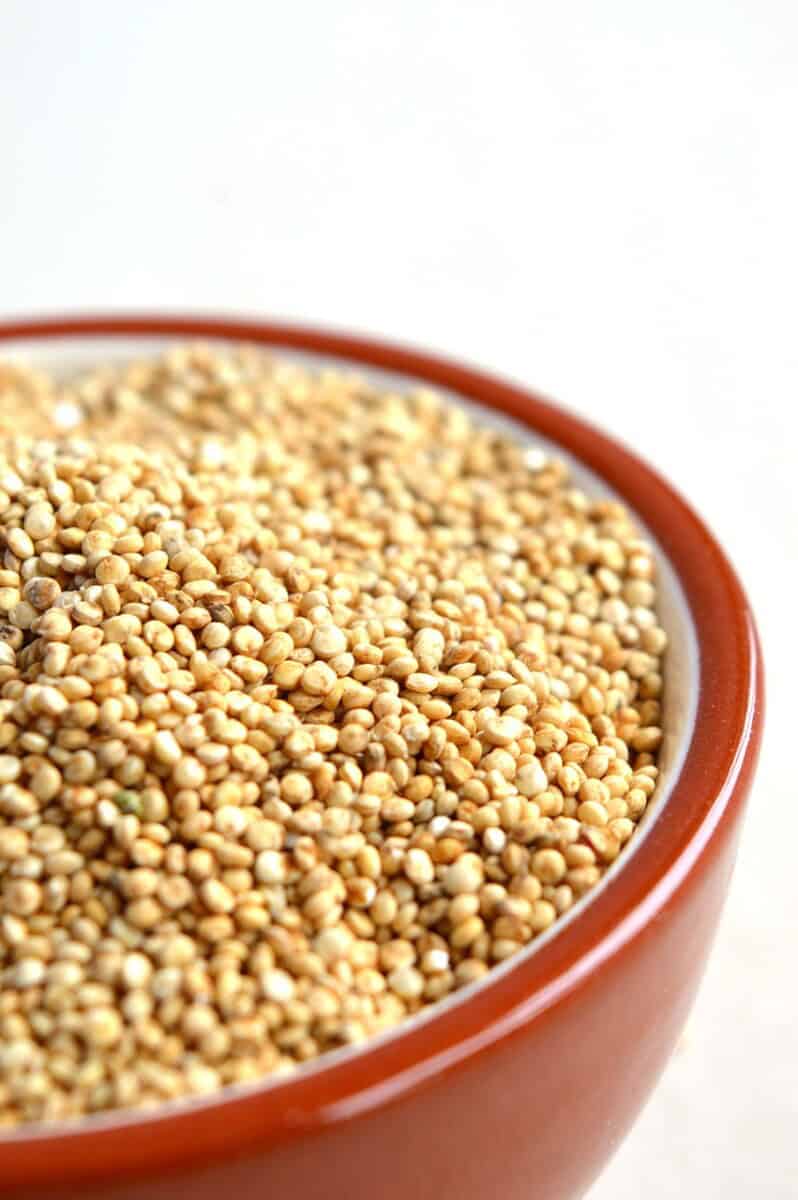
Satisfaction
You may be thinking that there's no way a salad can be delicious and satisfying, they're only a means of getting your veggies in and eating a ‘healthy’ meal, right? That’s so far from the truth, salads can and should be both nutritious and satisfying!
Why it’s important
The part of your salad that is going to provide you with that much needed satisfaction is the fats. Fats contribute to the flavour and texture of your food, which contributes to the feeling of satiety after a meal. Fats are important for not only satiety, but also to keep you full for a long period of time, to avoid excess snacking between meals.
Besides fats, other add ins, such as herbs or fruit, may be good options to make your salad more enjoyable and contribute to that satiety factor.
How it can elevate your salad
Adding those additional ingredients that you love may just bring your salad from a boring, mediocre meal, to a 5 star, delicious meal that tastes like you spent a lot of money on it!
This satisfactory portion of your salad can add additional textures and flavours, giving it that much needed spunk. There’s truly a million different options of things you can add to your salads to make it more satisfying, and it can be completely customized to whatever you’d like! I love to add several different toppings with a variety of different textures and flavours, for the ultimate satisfaction.
Dietitian tip:
Save money by making your salad dressing at home! One of my favorite dressings is a mix of: olive oil, apple cider vinegar, salt, pepper, garlic powder, honey and Dijon mustard! Make a batch at the beginning of the week to add to your salads all week long.
Examples
Some examples of ingredients that add to the satisfaction of salads are:
- Creamy dressings
- Oil based dressings
- Cheese, such as feta or shredded cheddar
- Nuts or seeds
- Fruit, such as grapes or strawberries
- Herbs, such as dill
- Sauces or dips, such as hummus
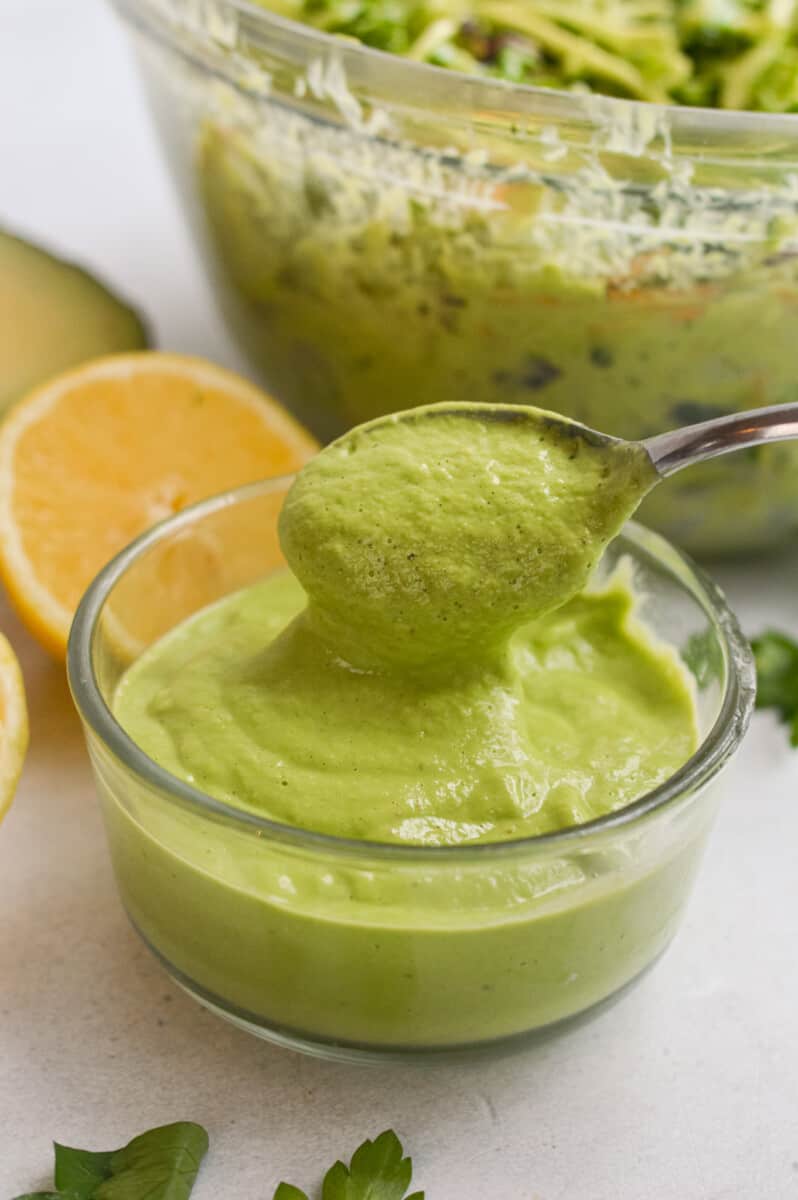
Texture
Sometimes it can be boring to eat something with the same texture in every bite, which is why the final component that I always like to add to my salads is something to give it a little crunch. Adding something crunchy to your salads can change up the texture, making it more enjoyable. Adding a little crunch to your salad is such a simple way to elevate your salad in such a huge way.
Not only will this addition contribute to the satisfaction and enjoyment of your salad, but depending on what you choose, it can also add some amazing nutritional benefits. Adding roasted chickpeas will add fibre, nuts and seeds will add healthy fats and fruits will add additional vitamins.
Dietitian tip:
You don't need to spend $5 on a bag of roasted chickpeas or roasted nuts! Try making your own at home for a fraction of the cost!
Examples
Some examples of crunchy salad toppings are:
- Crispy chickpeas
- Croutons
- Nuts, such as almonds or pine nuts
- Seeds, such as sunflower seeds
- Fruit, such as apples
- Crushed tortilla chips
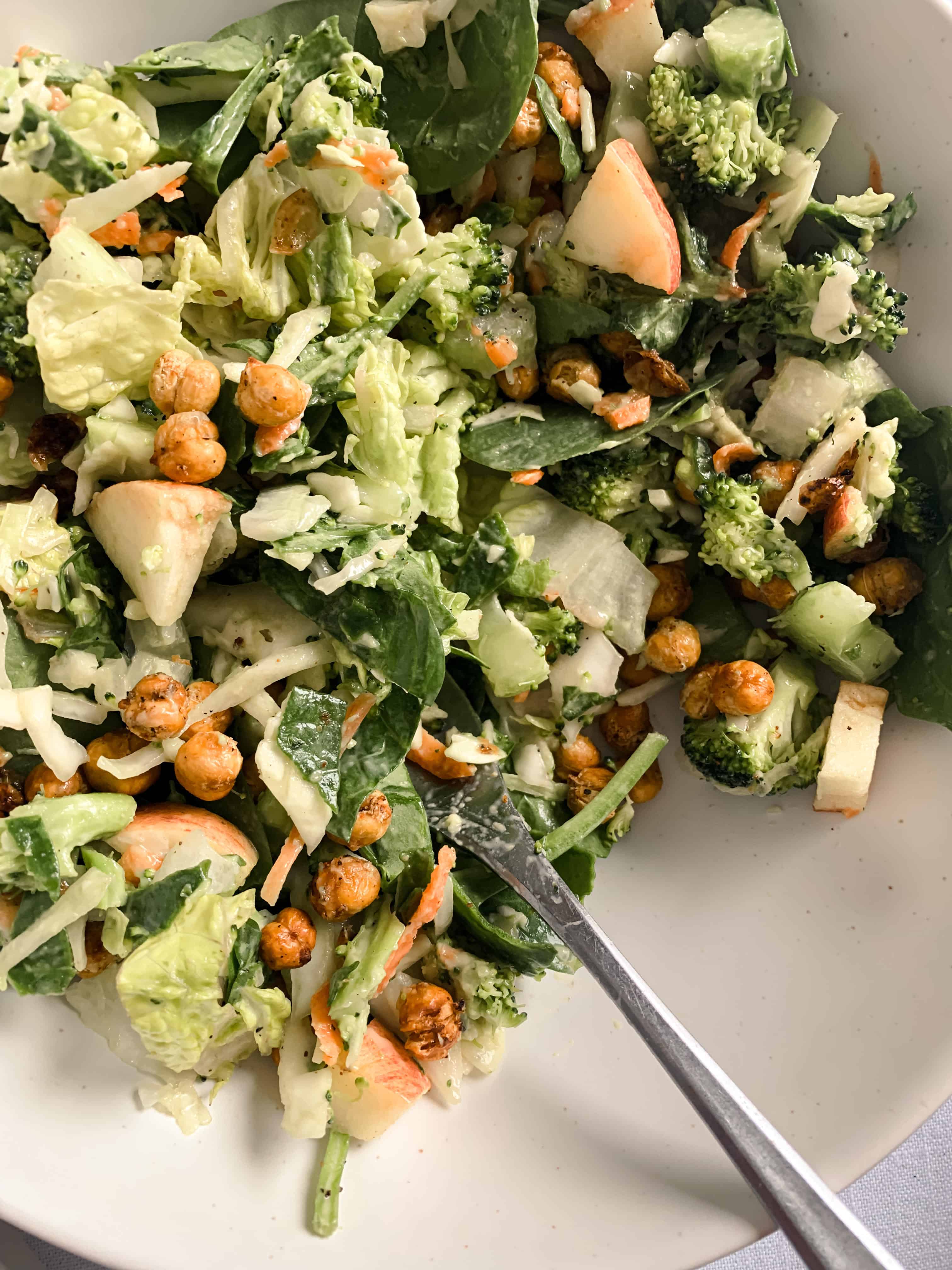
My Go To Salad Combos
Nacho Salad
- Vegetables: Romaine lettuce, tomatoes, corn
- Protein: Black beans
- Carbohydrate: Brown rice
- Satisfaction: Mexican Greek yogurt dressing
- Texture: Crushed tortilla chips
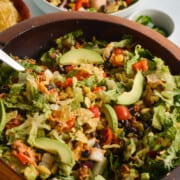
Quinoa Salad
- Vegetable: Cucumbers, spinach, tomatoes, bell peppers,
- Protein: Baked tofu
- Carbohydrate: Quinoa
- Satisfaction: Feta cheese, lemon olive oil dressing
- Texture: Sunflower seeds
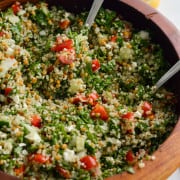
Kale salad
- Vegetable: Kale
- Protein: Crispy chickpeas
- Carbohydrate: Roasted sweet potato
- Satisfaction: Creamy maple dressing
- Texture: Pickled red onions
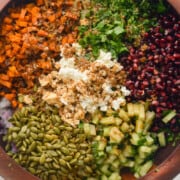
Key Takeaways
Overall, when making a salad, or any meal for that matter, it’s so important to not only think about the nutritional capacity of it, but also the satisfaction and enjoyment you get out of it.
To ensure you build a salad that you’ll look forward to eating, you can use my foolproof formula, which includes 2-3 vegetables for micronutrients, a protein for satiation and building muscles, a carbohydrate for energy, a satisfying ingredient for added flavour and satiety, and some sort of texture for some versatility and added enjoyment!
Next time you make yourself a salad, add each of these key components and see how you feel. The satisfaction and enjoyment you get from a delicious, balanced salad will have you never going back to those boring, bland salads you used to make!
More Nutrition Content
Are you loving my nutrition content? Check out these next and let me know in the comments what topic I should cover next.
- Grocery Shopping on a Budget
- Easy Adult Lunchables (The Ultimate List of Work Lunch Ideas)
- How to Build a Balanced Snack (and 25 Healthy Balanced Snacks)
- Beginner's Guide To Fiber (& Printable List of High Fiber Foods)
*Contribution by Allie Vanier nutrition student from Toronto Metropolitan University, Reviewed by Nicole Addison, MHSc, RD

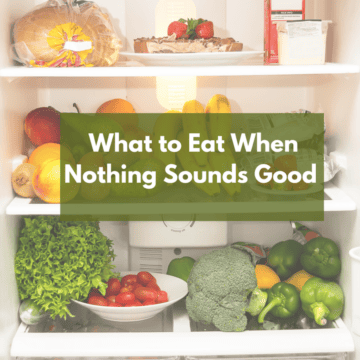
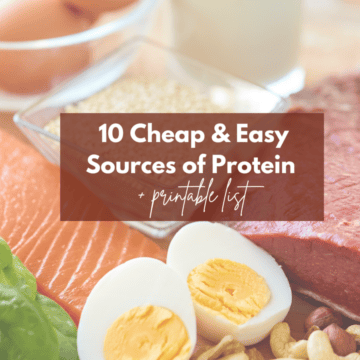
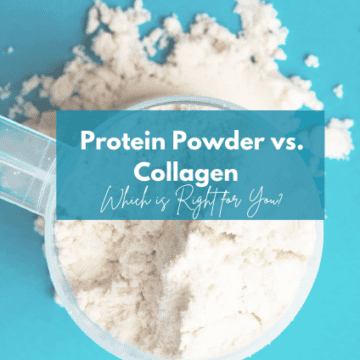
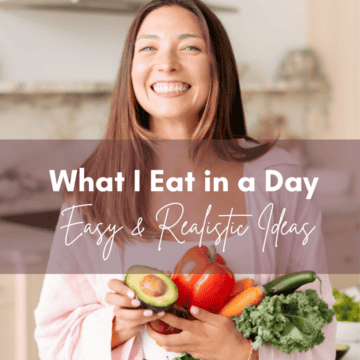
Comments
No Comments